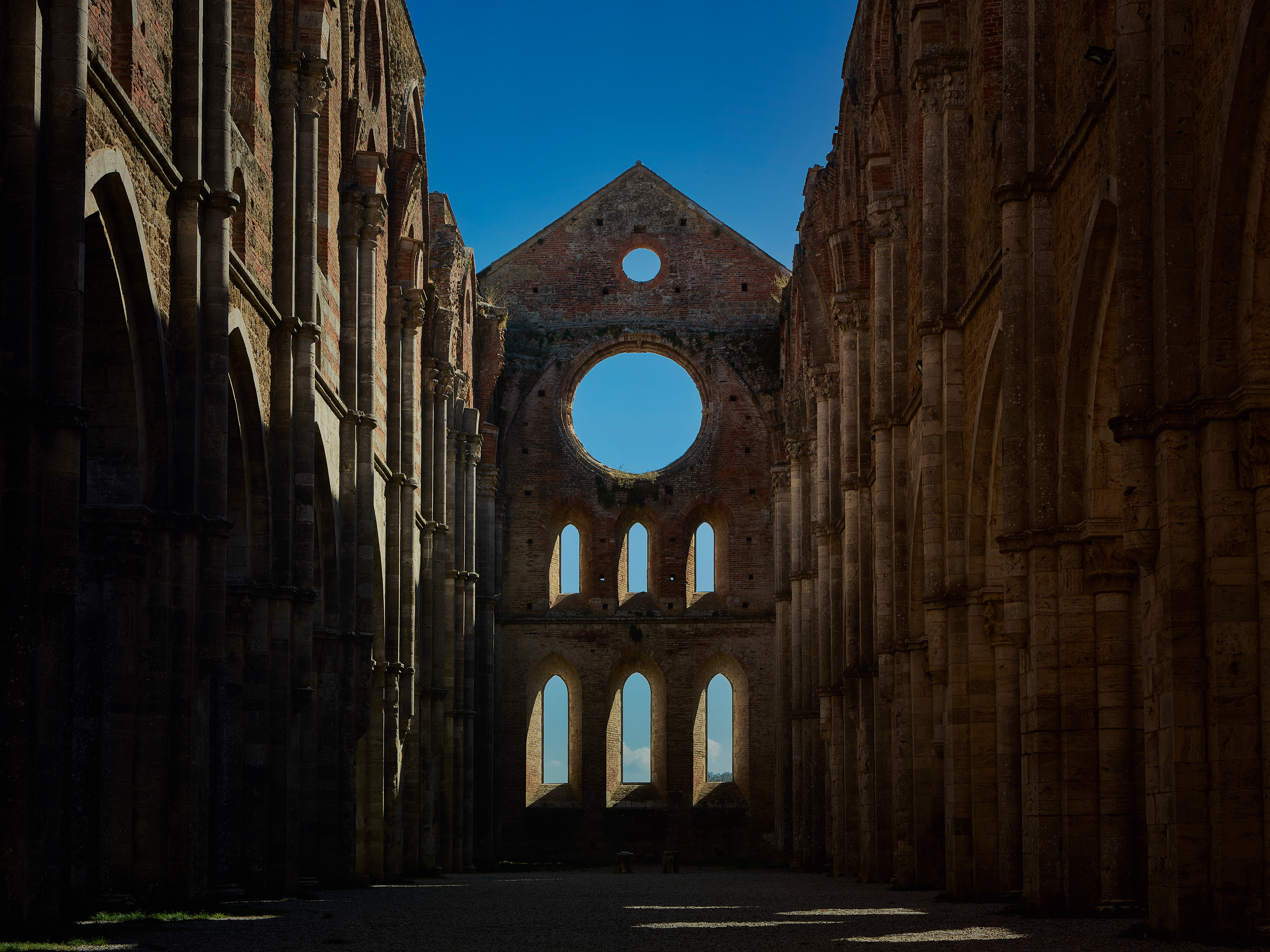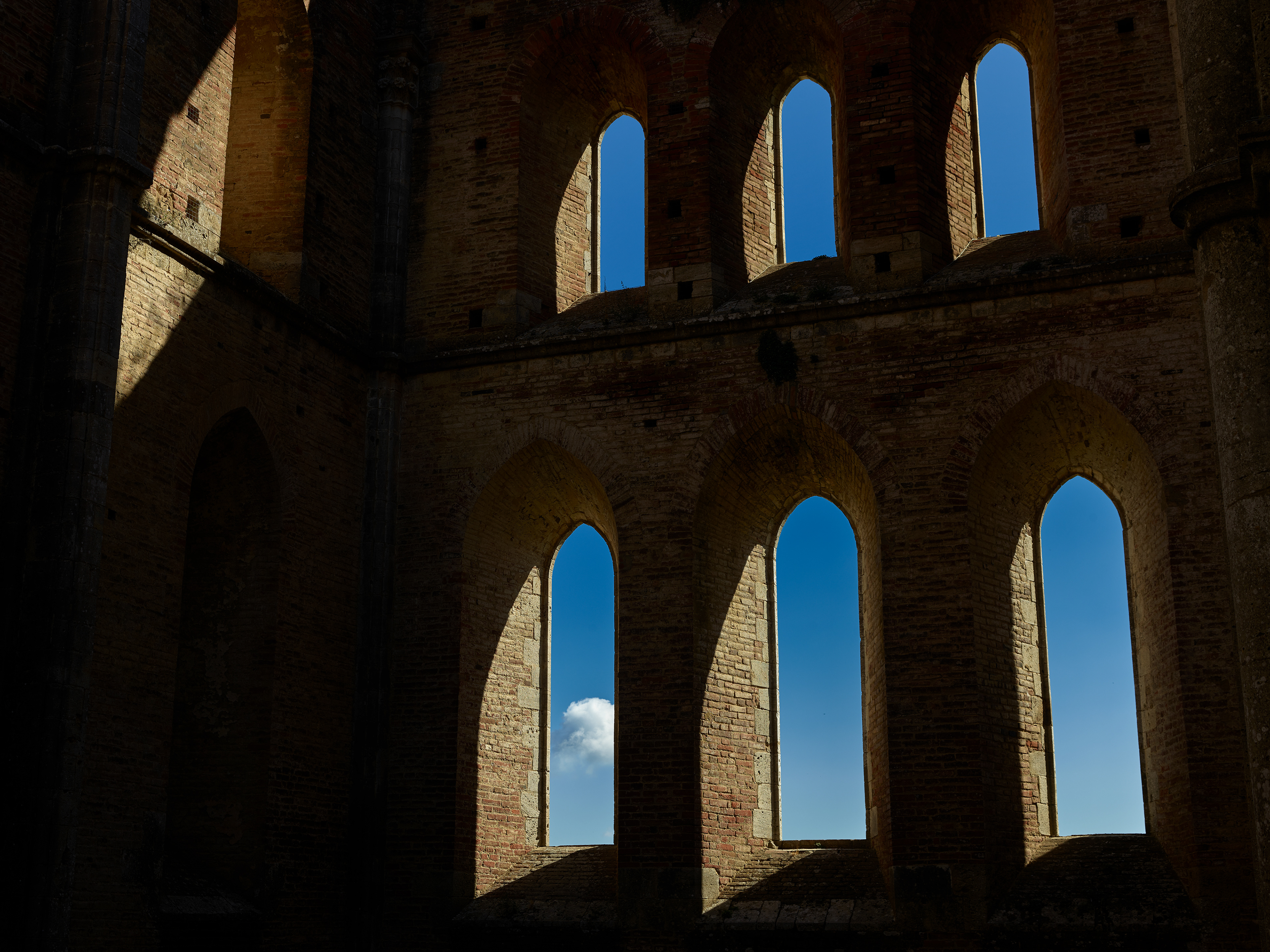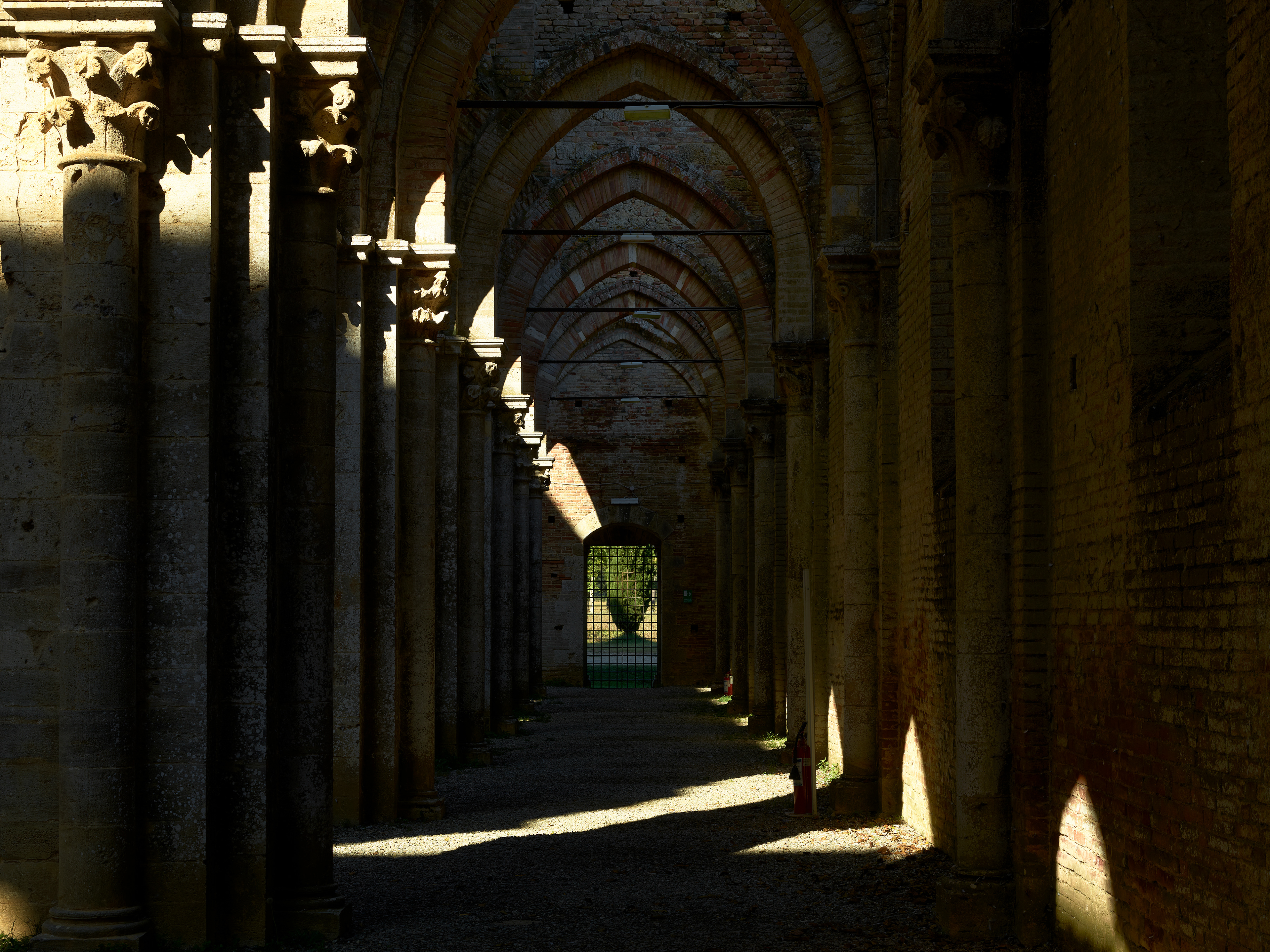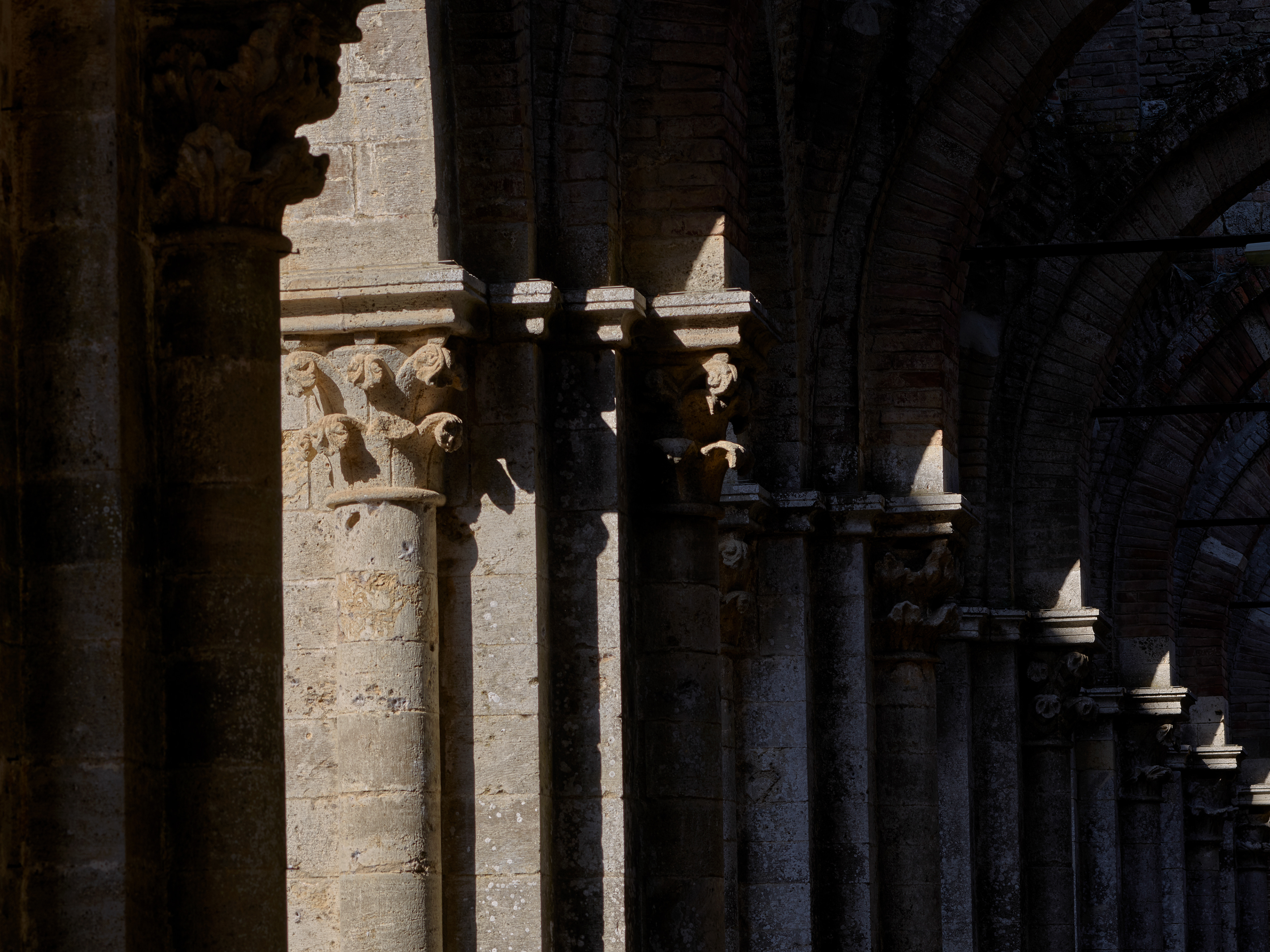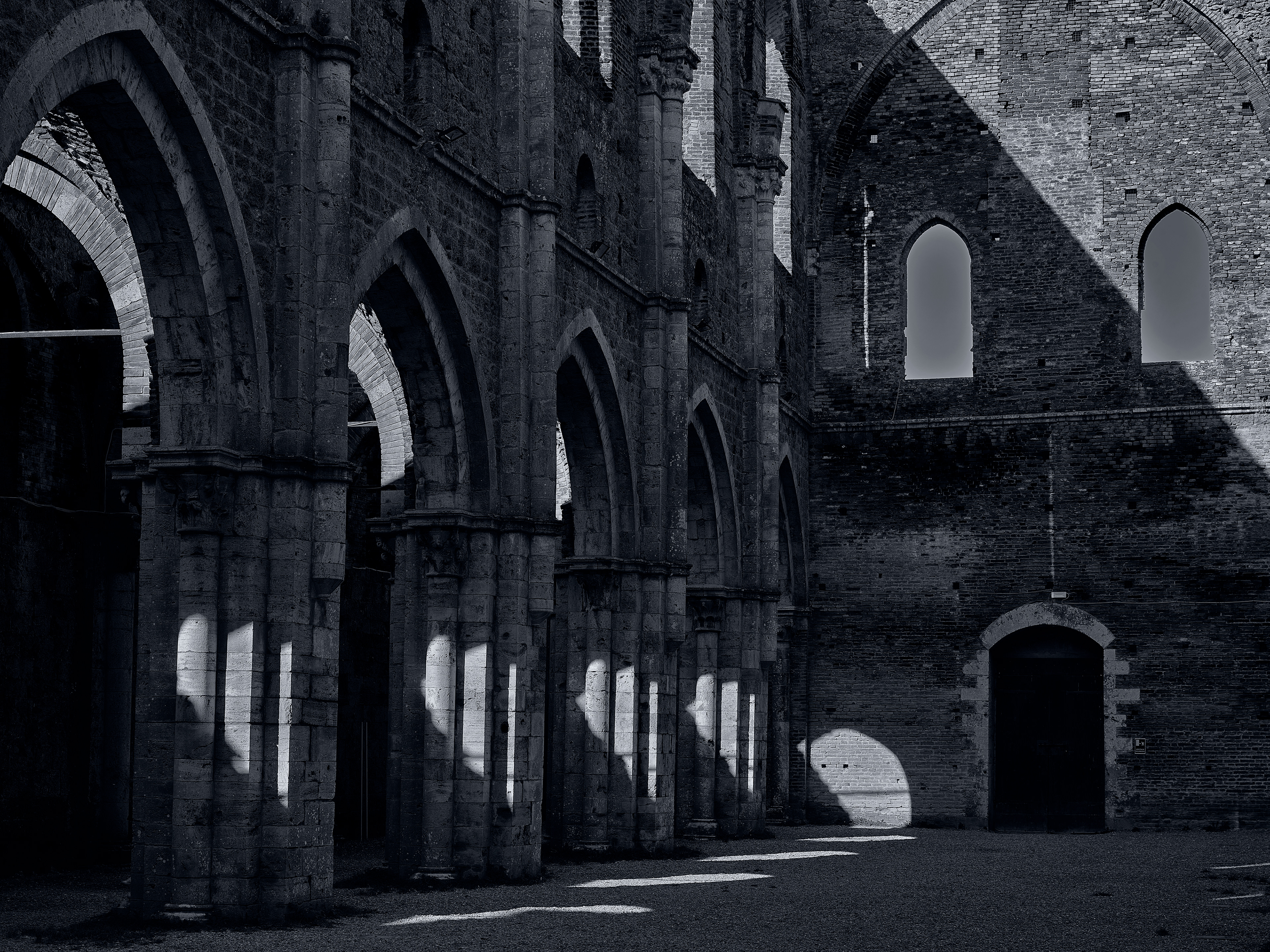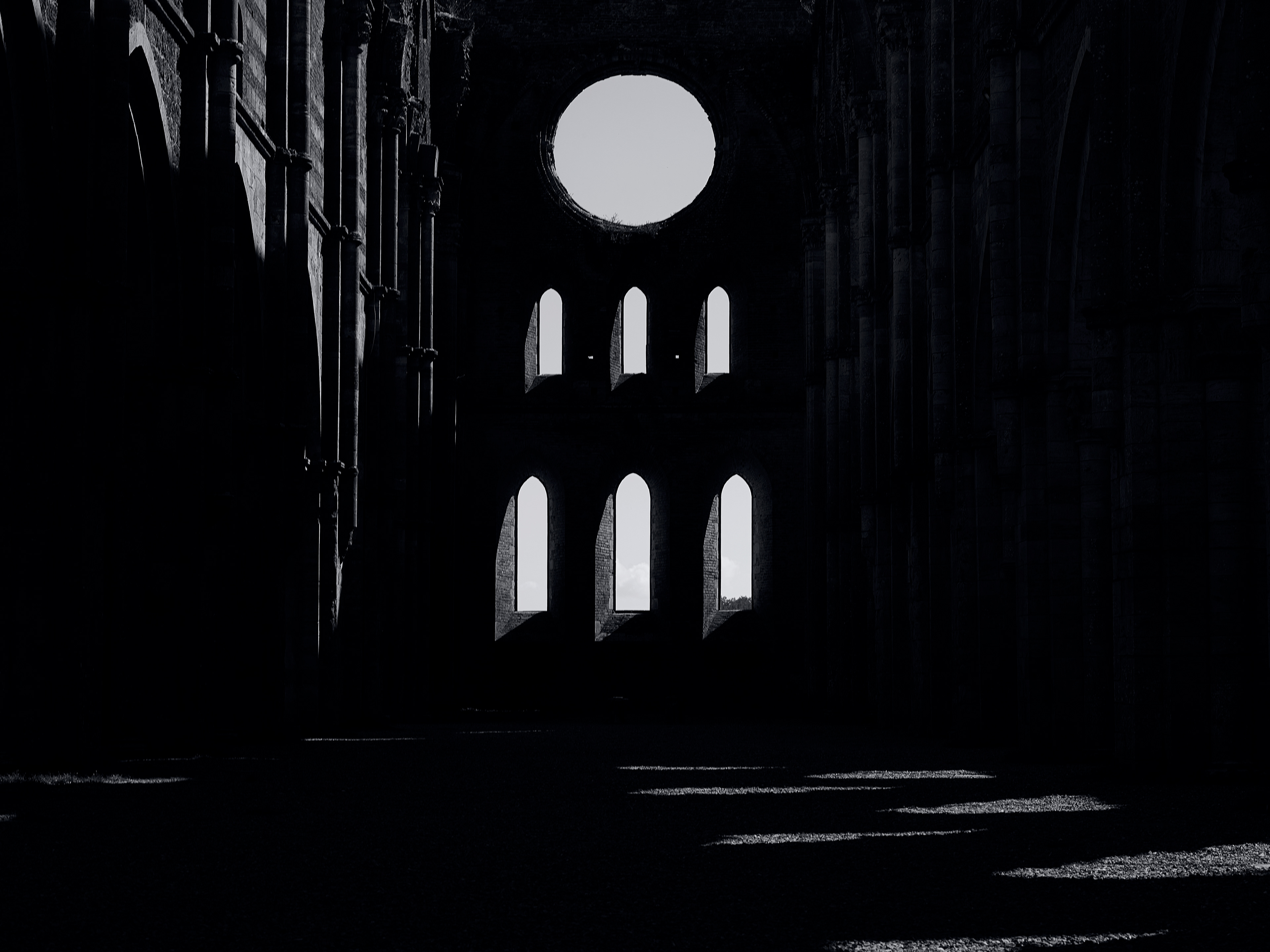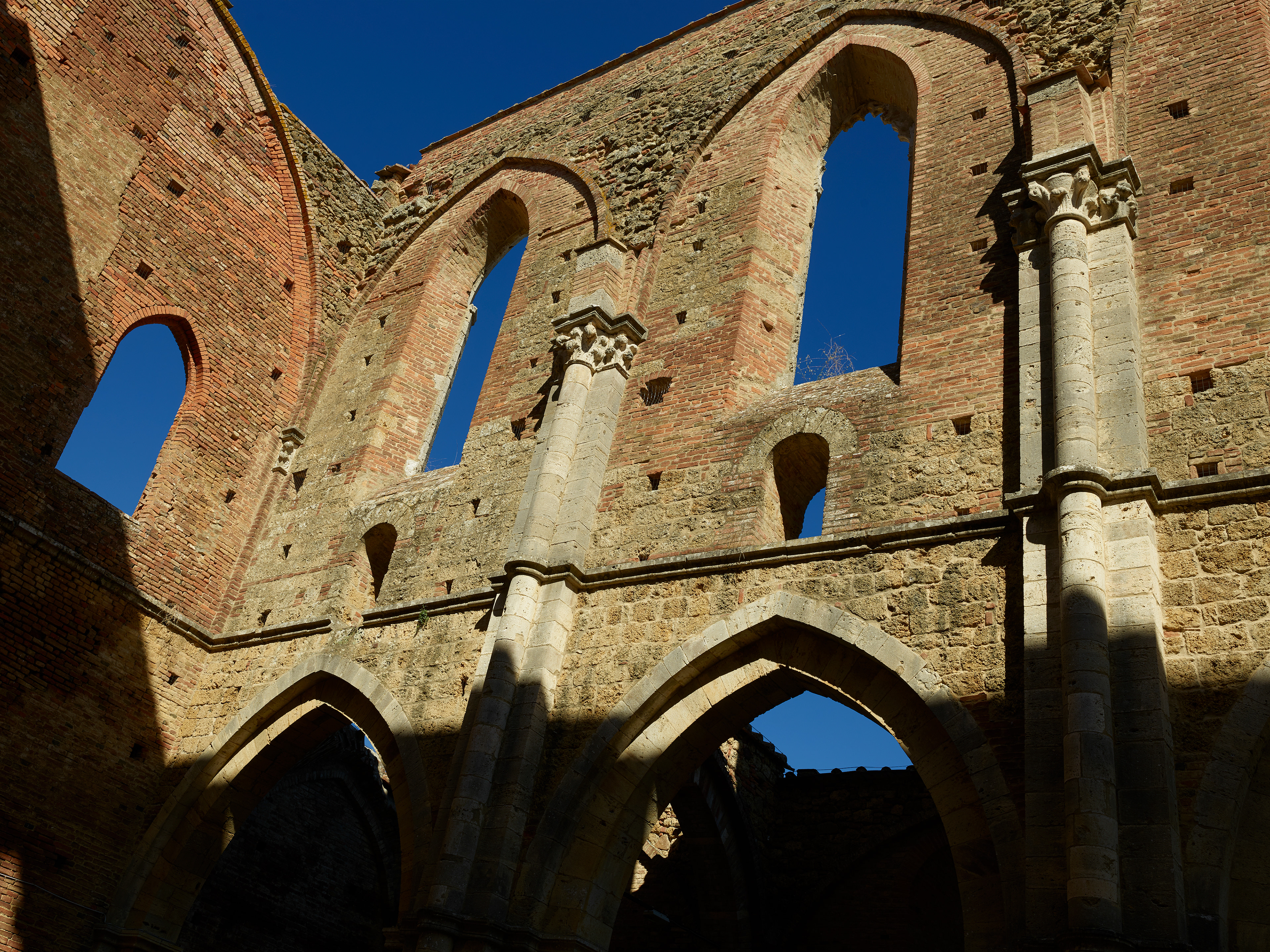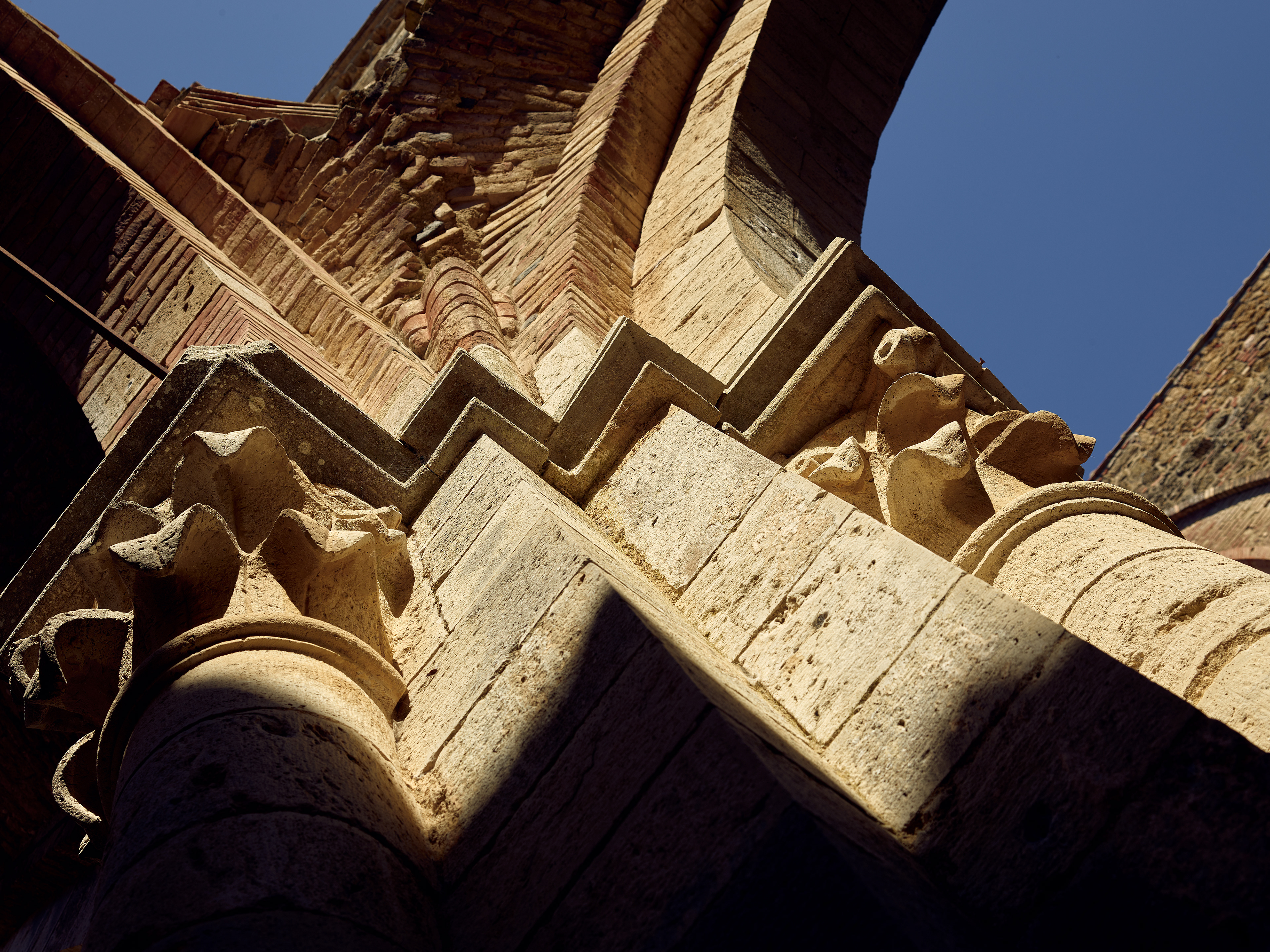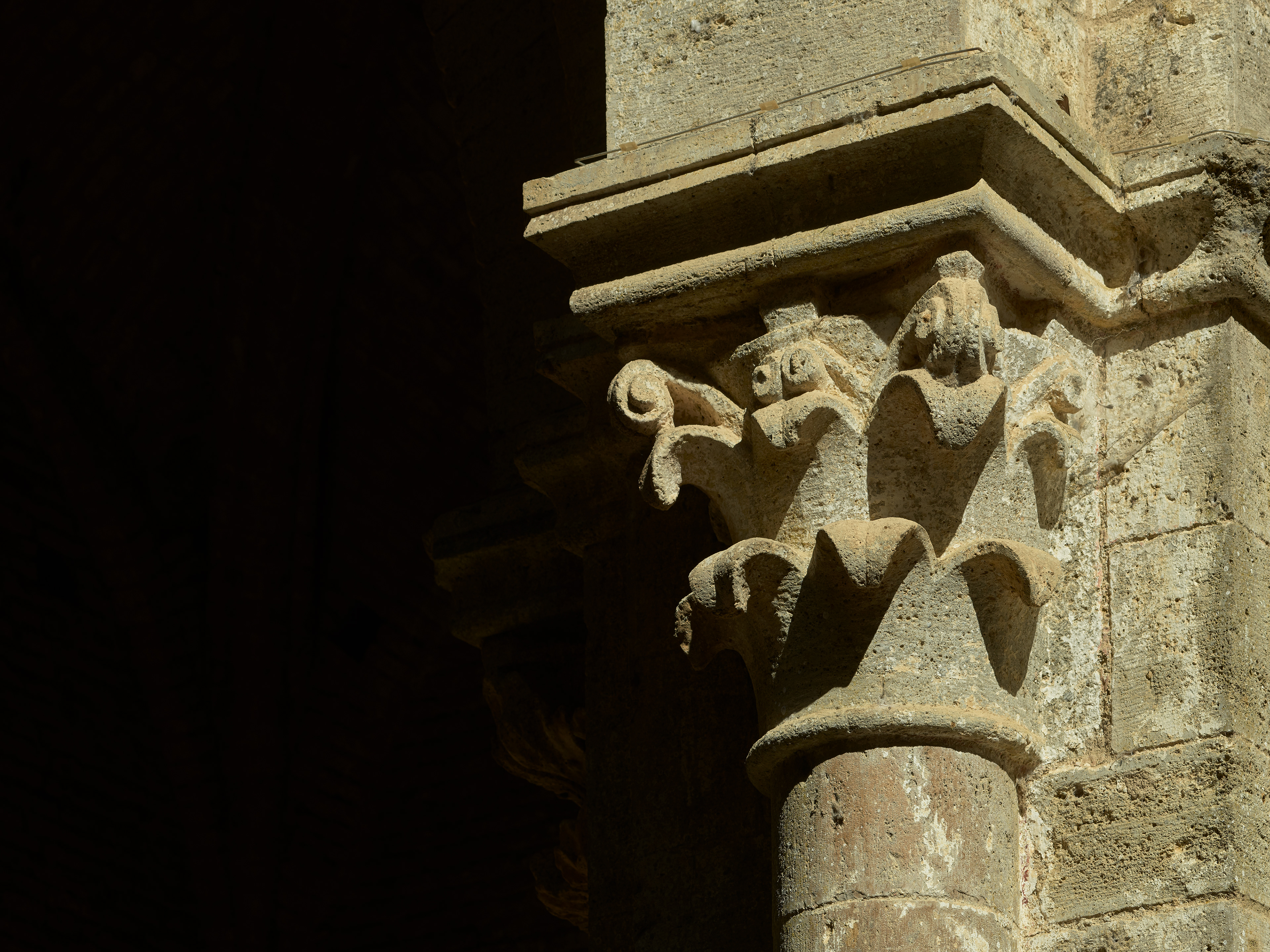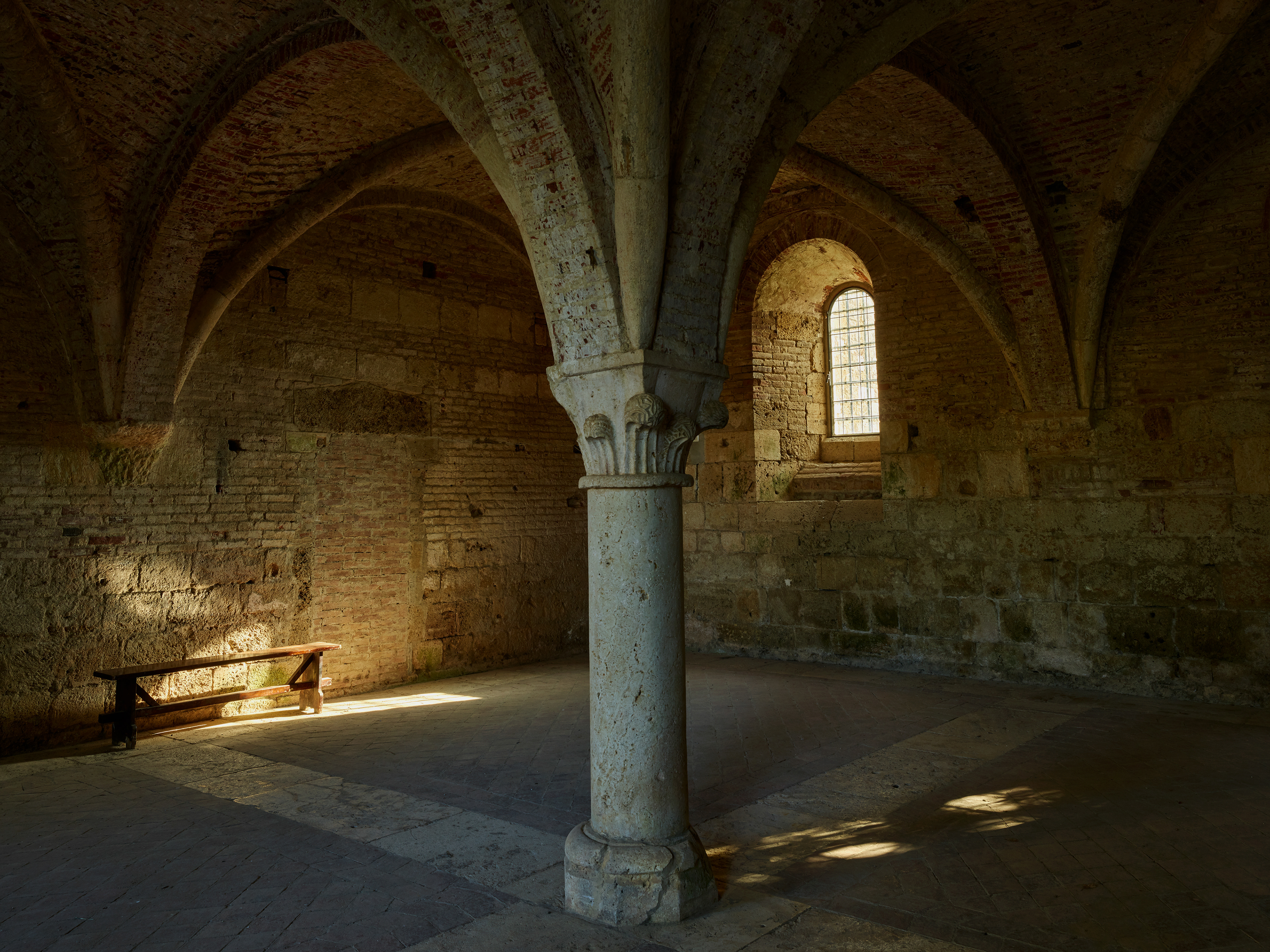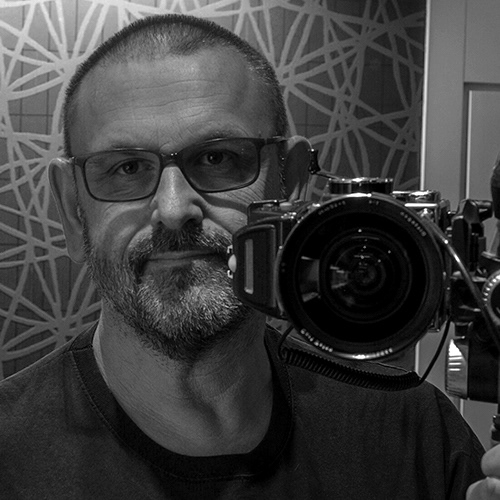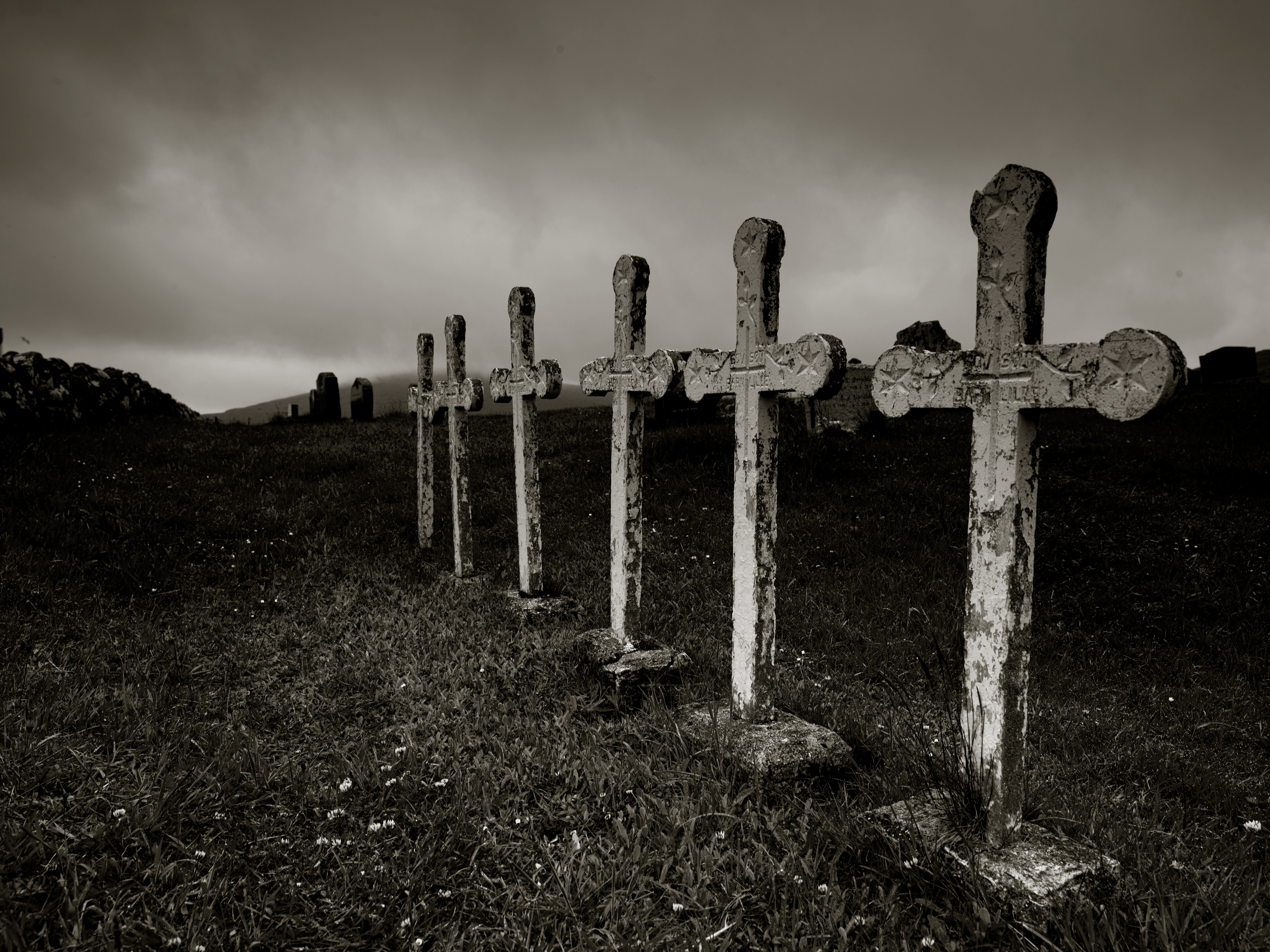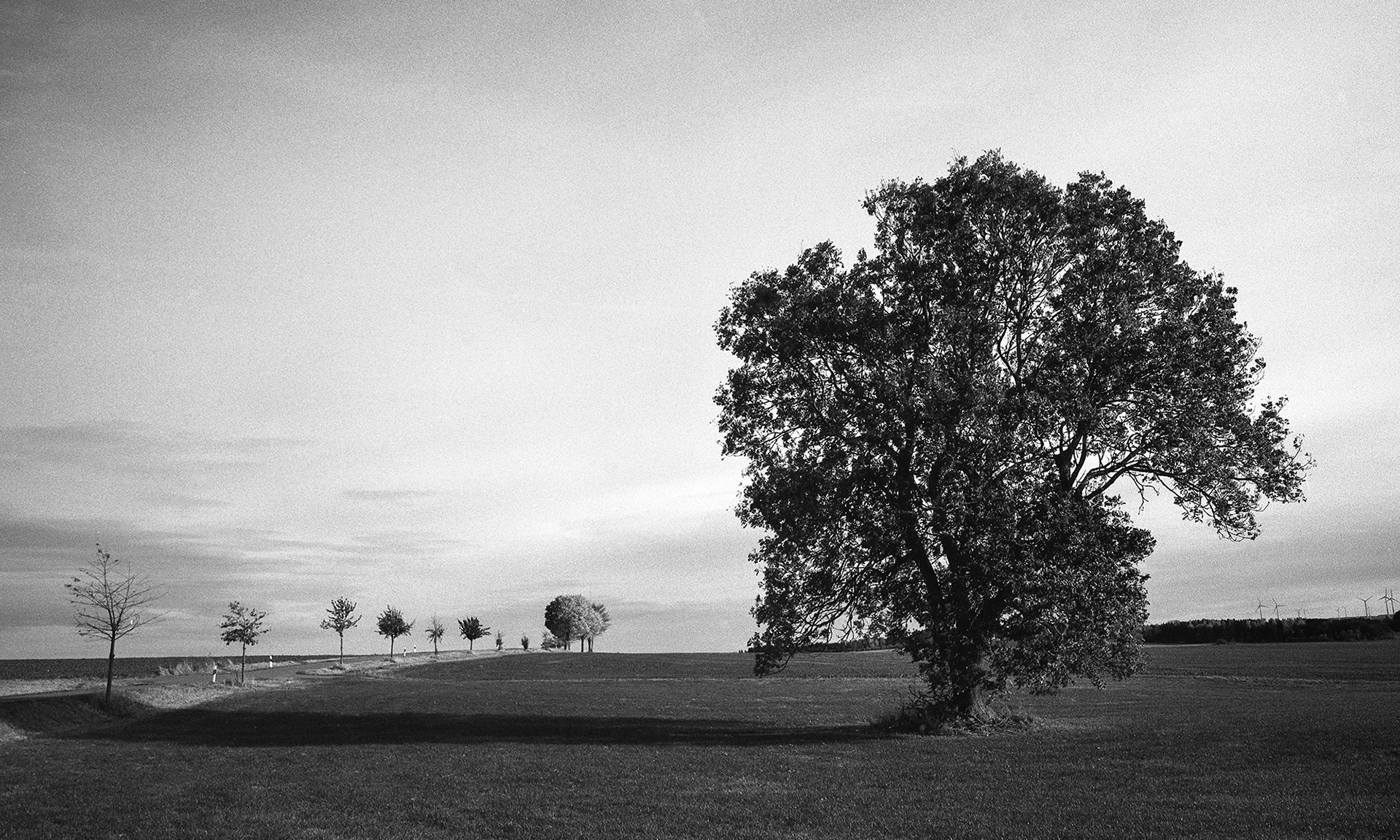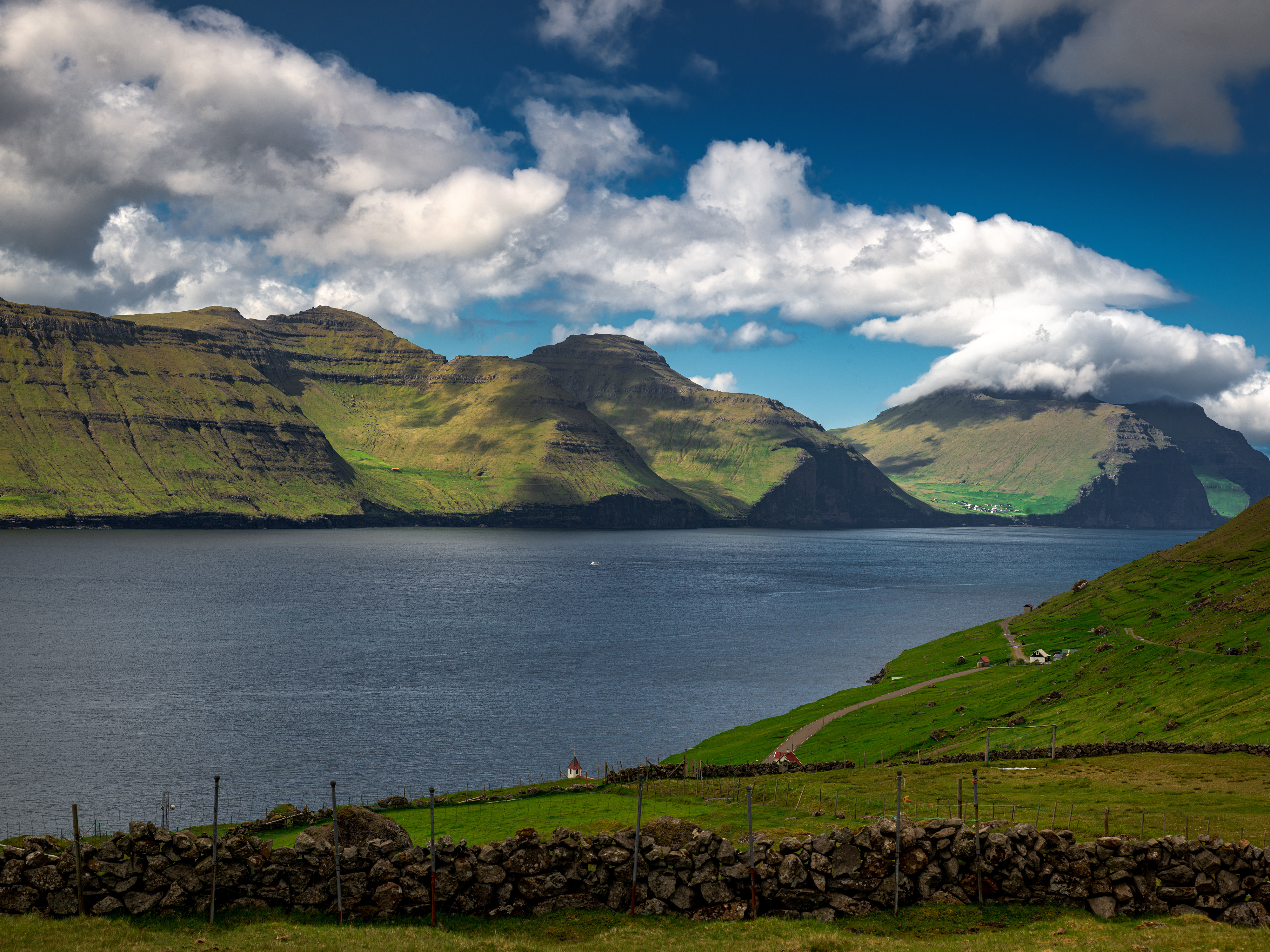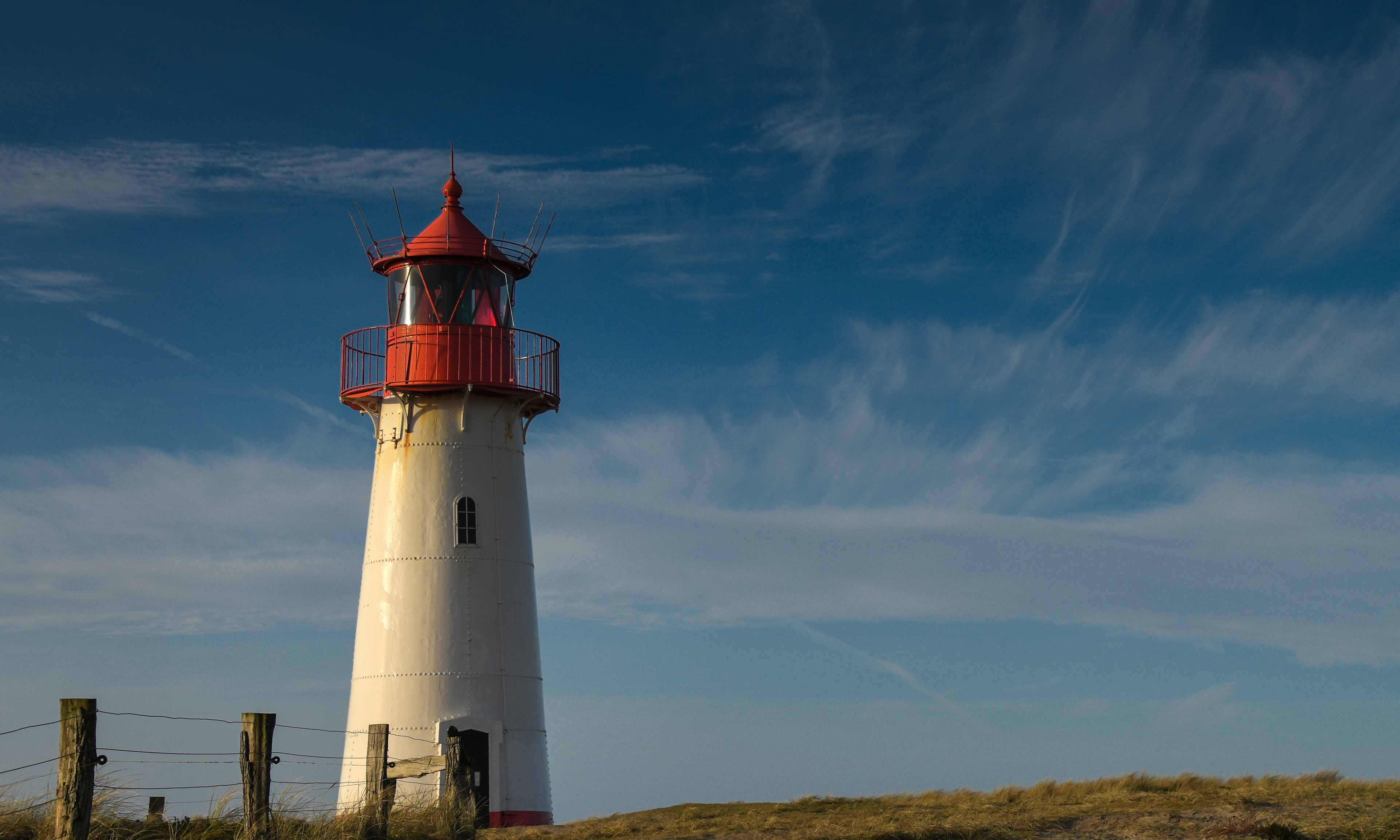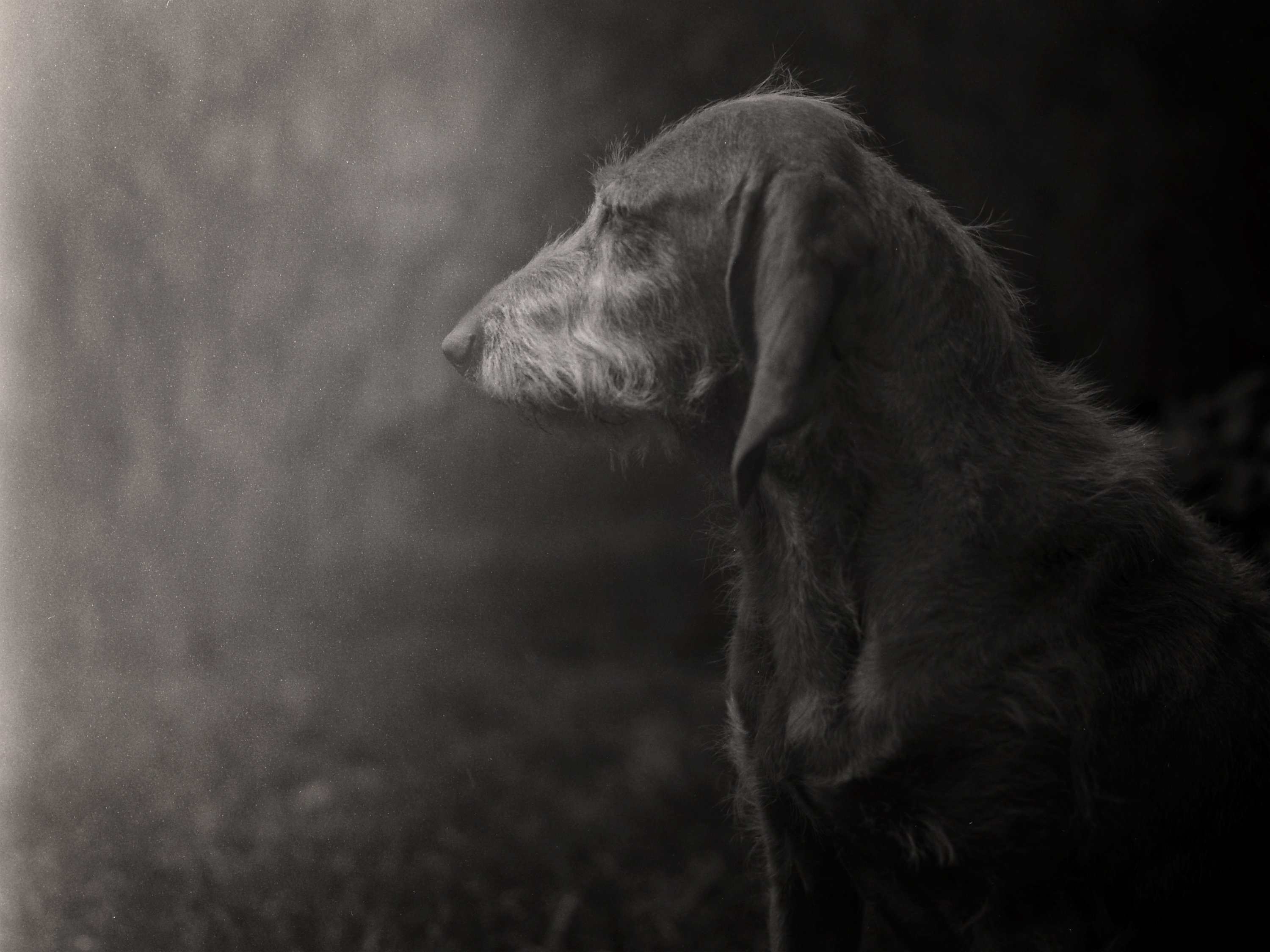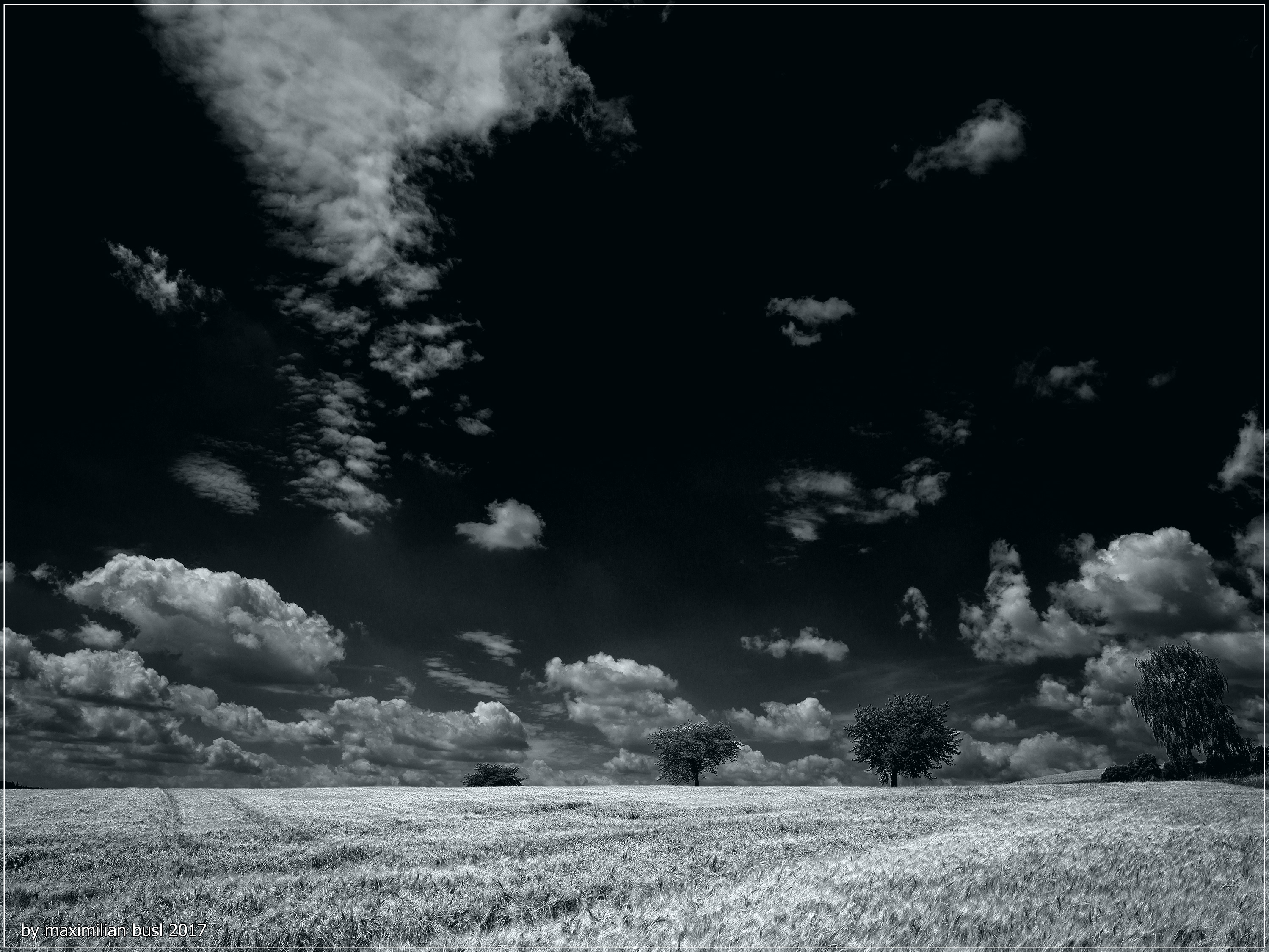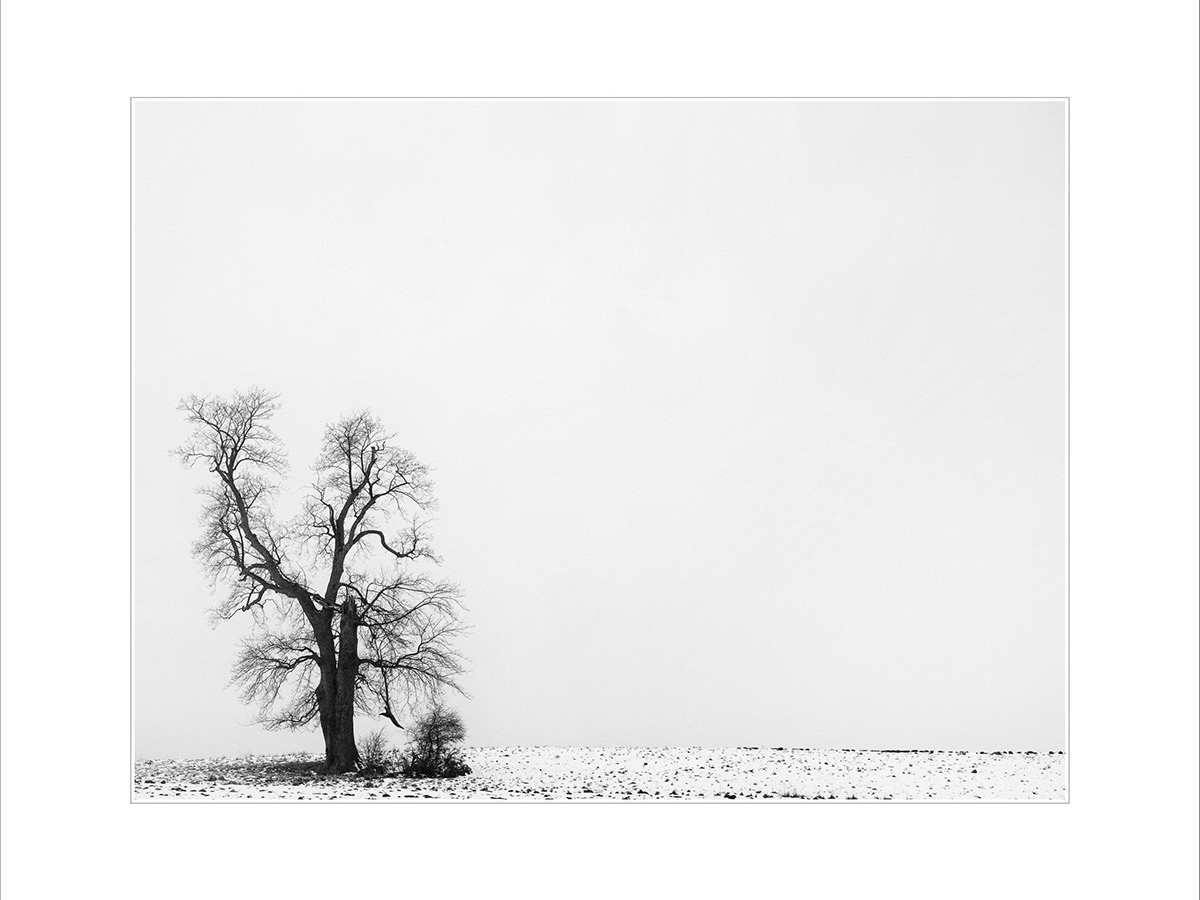Abbey San Galgano
A few kilometers south of Siena there is a wonderful medieval place: the old Cistercian Abbey of San Galgano. Although only a ruin of the past reminds of the greatness and importance of this building, an intense memory of the monks passes through the open spaces of the church and the ancillary buildings.
Wikipedia tells us about it (excerpts):
"The monastery was founded in the 12th century by Galgano Guidotti on the Montesiepi hill, after Guidotti died at the age of 33 Cistercian monks came to Montesiepi. The abbey of San Galgano was the first and only founding of the Cistercians in the area Tuscany, as it is otherwise usually treat, monastic installations related to the Benedictines.
The monks of San Galgano made a lot of land ownership. They were assisted with notary and administrative work and played a role in the building of the cathedral in Siena. The monastery was fast becoming the most beautiful Cistercian settlement in Tuscany. The economic decline began in the 14th century, when famine and plague epidemics made many monks and lay brothers uncertain about the beginning and end of the mercenary armies from Florence.
In 1961, a Cistercian monk from Rome received the redemption to move to San Galgano and bring the abbey ruins back to life. Today is the 71-meter-long sacred building one of the main attractions in Tuscany despite the raised roof. At night, the ruin is lavishly illuminated. Occasionally, theater and dance performances take place. The Abbey of San Galgano is considered by many to be the most recent gothic building in Italy. "
A visit to San Galgano is everlasting: the past is present here in every stone, in every place and will remain in the future. The memory of the monks, their daily routine, the songs and prayers they conspire day and day and night like an intense imaginary blanket over the place.
The uncommented pictures were taken in September 1994, at which time I was traveling in Tuscany. It was shot with a Hasselblad 503 cx and the Zeiss lens CF 2.8 / 80.
Wikipedia tells us about it (excerpts):
"The monastery was founded in the 12th century by Galgano Guidotti on the Montesiepi hill, after Guidotti died at the age of 33 Cistercian monks came to Montesiepi. The abbey of San Galgano was the first and only founding of the Cistercians in the area Tuscany, as it is otherwise usually treat, monastic installations related to the Benedictines.
The monks of San Galgano made a lot of land ownership. They were assisted with notary and administrative work and played a role in the building of the cathedral in Siena. The monastery was fast becoming the most beautiful Cistercian settlement in Tuscany. The economic decline began in the 14th century, when famine and plague epidemics made many monks and lay brothers uncertain about the beginning and end of the mercenary armies from Florence.
In 1961, a Cistercian monk from Rome received the redemption to move to San Galgano and bring the abbey ruins back to life. Today is the 71-meter-long sacred building one of the main attractions in Tuscany despite the raised roof. At night, the ruin is lavishly illuminated. Occasionally, theater and dance performances take place. The Abbey of San Galgano is considered by many to be the most recent gothic building in Italy. "
A visit to San Galgano is everlasting: the past is present here in every stone, in every place and will remain in the future. The memory of the monks, their daily routine, the songs and prayers they conspire day and day and night like an intense imaginary blanket over the place.
The uncommented pictures were taken in September 1994, at which time I was traveling in Tuscany. It was shot with a Hasselblad 503 cx and the Zeiss lens CF 2.8 / 80.
The first ten pictues were taken with a PhaseOne IQ3 100MP and different Schneider Kreuznach lenses in August 2018.
Copyright for all images: Maximilian Busl
